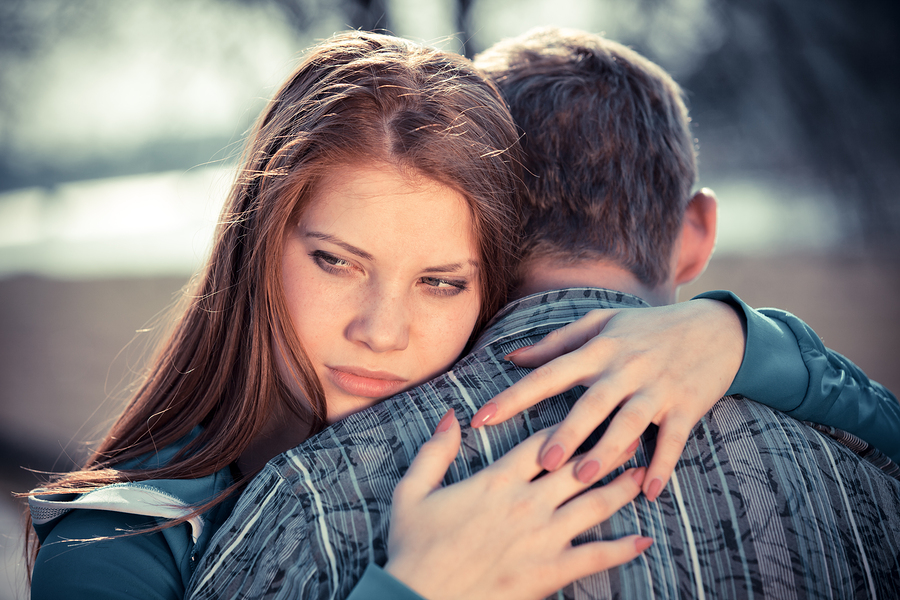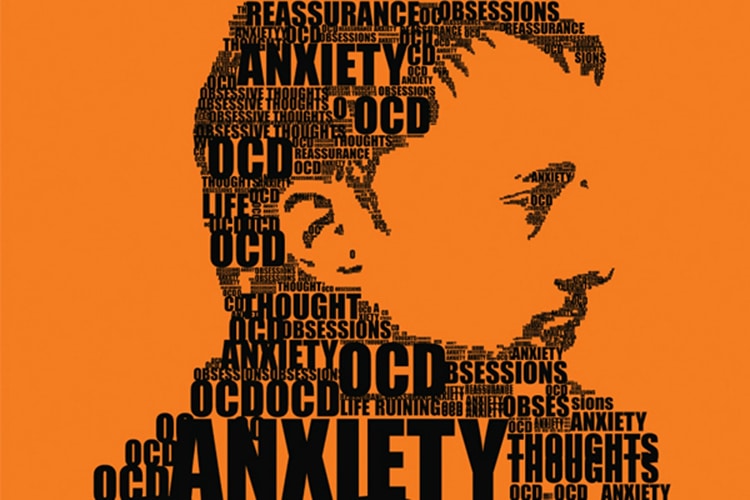There are usually four different types of attachment styles and most of them originate from our childhood experiences and parenting. The attachment styles are;
1. Secure Attachment
2. Disorganized insecure attachment
3. Avoidant Insecure Attachment
4. Anxious Insecure Attachment
WHAT IS ANXIOUS ATTACHMENT?
Anxious attachment is an insecure attachment or relationship children usually have with their moms, caretakers, or guardians. People who have actually grown with this kind of attachment from childhood are usually inconsolable outside what they know and are comfortable doing, hence they have a hard time feeling safe in a relationship and of course, trust issues.
At times, they feel extra needy with really low self-esteem and majorly introverted. Take a teen, who is probably always been bullied because her arms are too thick or her face is too round, and anytime she leaves the house she stares in the mirror analyzing if she is going to be teased… That is the way it is with anyone suffering from anxious attachment disorder. They are usually hypothetical thinkers.
SIGNS OF AN ANXIOUS ATTACHMENT STYLE
The signs of an anxious attachment style change when they move from childhood to adulthood. From being fondled as a child and always crying when your parents are out to be needy and attached as an adult.
Some signs that children with an anxious attachment style are;
1. Overly clingy
2. Frequently whining when they are with friends
3. Cry when separated from their parent
4. Anxious

Some signs in adults may include;
1. Clinginess
2. High trust issues
3. Fear of abandonment

ANXIOUS ATTACHMENT RELATIONSHIP
Are you a hypothetical thinker? Or is your partner one? However, it is always tricky to date someone who has this attachment style. They can seem very clingy from one point of view but from another, they are just protective.
This can lead to constant quarrels as the partner may feel that no matter what they do to reassure you, their partner remains worried, anxious, and even paranoid every single time about the relationship. It is pretty difficult especially when the partner whose attempts at reassurance and commitment are doubled and still, the anxious partner is always still in doubt because of his/her insecurity.
Although, it is a usual thing for people with the anxious attachment style to experience constant emotional hunger surprisingly love is a vicious cycle. Instead of filling their emotional hole, they’d rather fall for someone with the avoidant attachment style… Opposites attract right?
ANXIOUS ATTACHMENT DISORDER
The attachment style is usually developed in cases of childhood trauma or absent parents. However, seeking therapy is actually one of the best ways to change your attachment style if you want to. A person with this kind of attachment style suffers this disorder because of;
#1. Extreme parenting tenets:
Some parents can be too controlling and do not allow for age-appropriate independence even when they are grown up.
#2. Lack of permanence:
As kids, they feel love from their parents one day and another emotional neglect. This confusion usually boosts this disorder in kids.
INSECURE ANXIOUS ATTACHMENT
Are you always looking for reassurance? Basically, there are some major signs of someone suffering from extreme/ insecure anxious attachment disorder. They are usually overprotective, easily depressed from the feeling of abandonment, especially by a loved one. However, there are some other signs you have to look out for like detraction.
ANXIOUS ATTACHMENT TRIGGERS
Pertaining to their numerous insecurities, there are a lot of incidences that may knowingly or unknowingly cause triggers. These triggers include;
#1. Loneliness:
One of the triggers for an anxiously attached person is the feeling of loneliness. When their partner is probably not responding to texts or calls for a long time. Then, the anxiety increases.
#2. Fear of the unknown:
A lot of people having certain levels of conflict can be healthy. But for people with an anxious attachment style, talking about issues in an authentic way may trigger fears of abandonment even with reassurances from their partner.
In conclusion, although you can’t fully change your attachment style, you can study and work on it to understand it more, how it affects your behavior on a daily basis, and build skills to counteract the negative effects of insecure attachment. However, if you want to talk, leave a comment down below…
Anxious Attachment FAQ’s
What triggers anxious attachment?
The majority of behaviors related with anxious attachment are motivated by insecurity and worries of rejection or abandonment. These issues may be the result of past relationship trauma or simply deep-seated fears). While insecure attachment is frequently associated with trauma, it could just be an attachment preference.
Why Avoidants are attracted to anxious?
Released from their fear of engulfment, the avoidant spouse expresses love freely; liberated from their fear of abandonment, the anxious partner feels secure and trustworthy.
What are the 4 attachment styles?
Bowlby identified four types of attachment styles: secure, anxious-ambivalent, disorganized, and avoidant.



